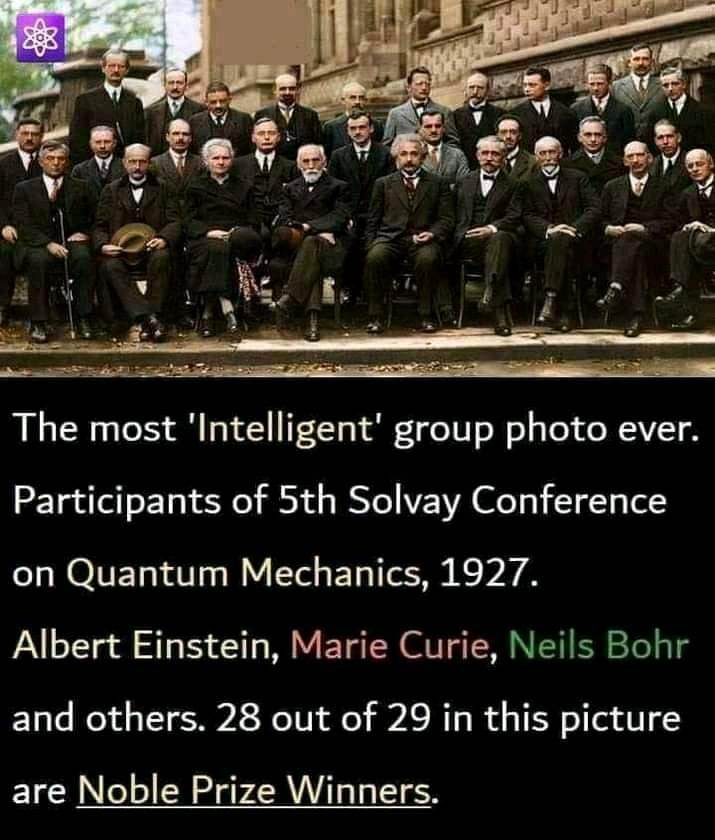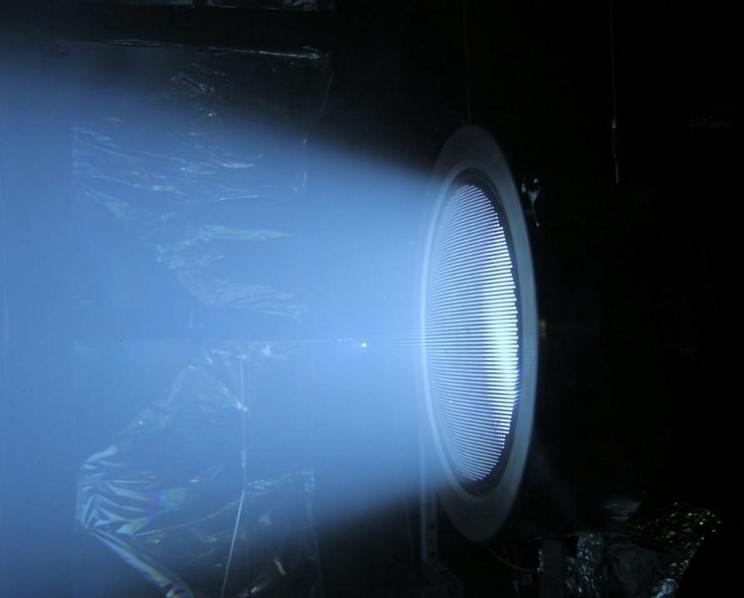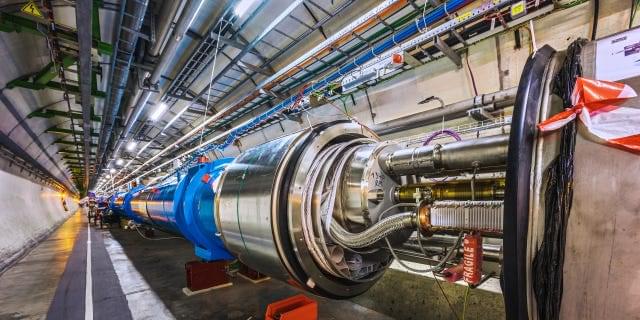Facebook, now Meta, wants to pivot into virtual reality. But it won’t be able to escape its sins.




Despite nearly a decade of effort, no one has been able to design a working prototype.


Thomas Fuller, an African sold into slavery in 1,724 at age 14, was sometimes known as the “Virginia Calculator” for his extraordinary ability to solve complex mathematical problems in his head. He was asked how many seconds there were in a year, he briefly answered 31,536,000 seconds.
He was asked again how many seconds a man who is 70 years old, 17 days and 12 hours lived, he answered in a minute and a half 2,210,500,800. One of the men was doing the problems on paper and informed Fuller that he was wrong because the answer was much smaller. Fuller hastily responded, “Nah, you forgot about leap years. When leap years were added to the account, the sums matched up.”
Fuller was one of the first cases recorded in the literature of the wise man syndrome, when in 1,789, Benjamin Rush, the father of American psychiatry, described his incredible ability to calculate, without having an education and training in mathematics, his ability was used as proof that enslaved African Americans were equal to whites in intelligence, fueling some pro-abolitionist discussions.



Are you ready?
In the control room at CERN (The European Center for Nuclear Research) is a row of empty champagne bottles. Scientists popped open each one to celebrate a successful landmark, like the discovery of the Higgs boson particle, the long-elusive particle that gives all other subatomic particles their mass.
⚛️ Science explains the world around us. We’ll help you unravel its mysteries.
